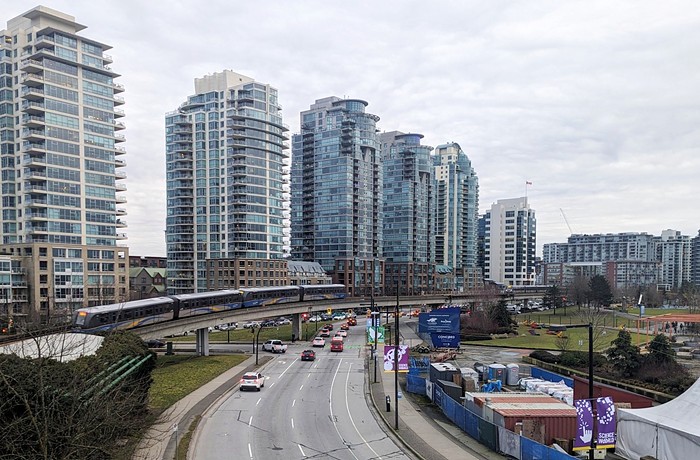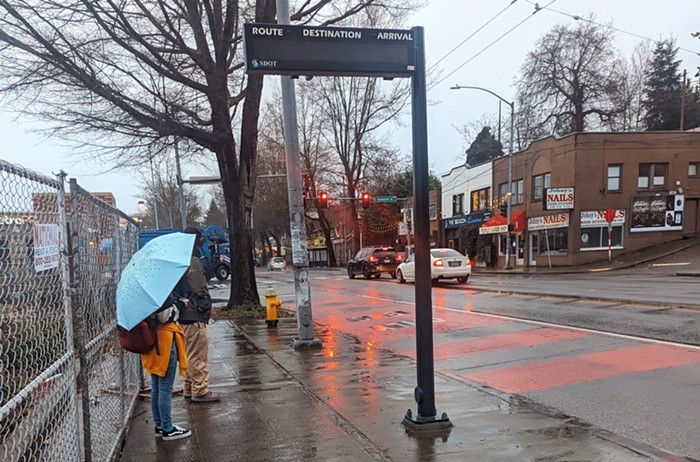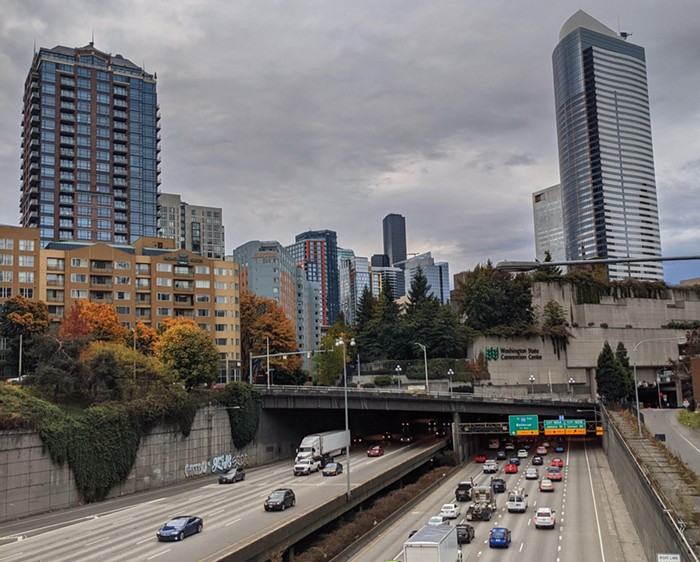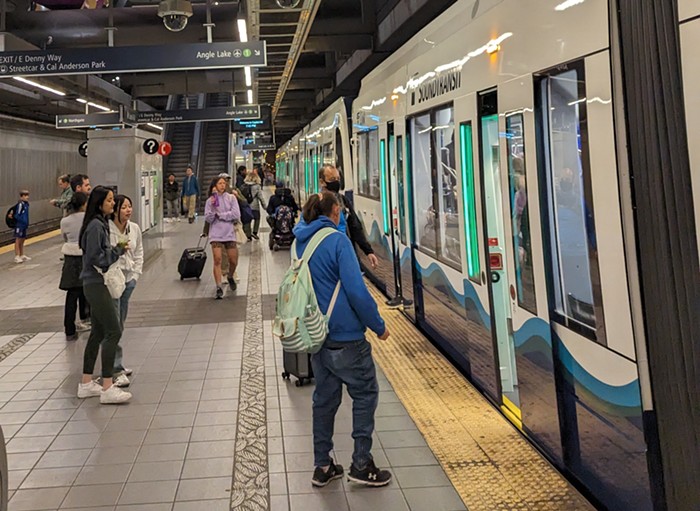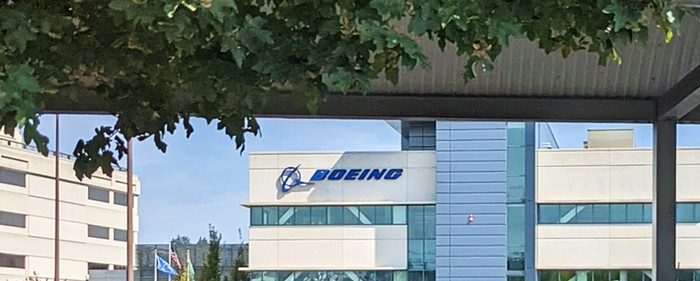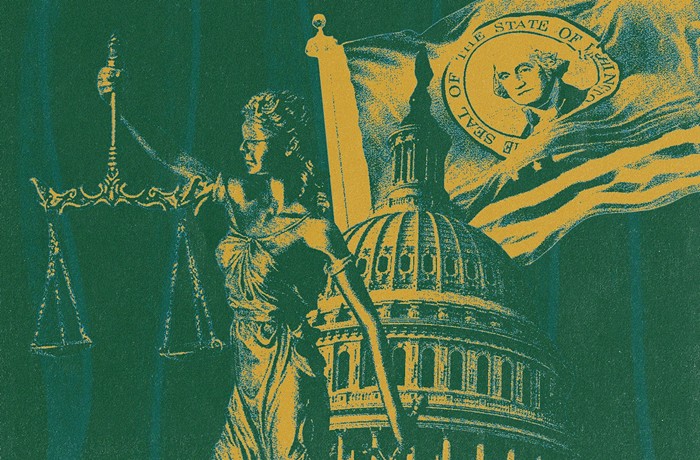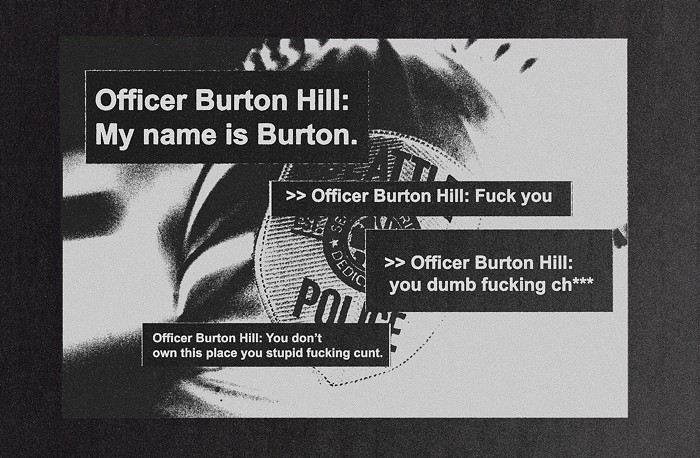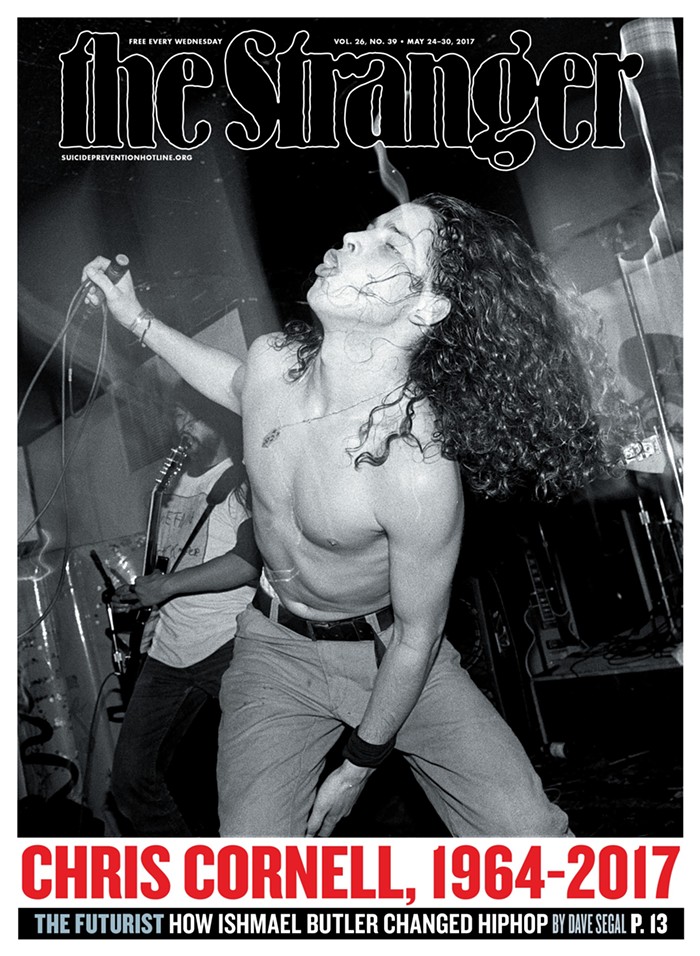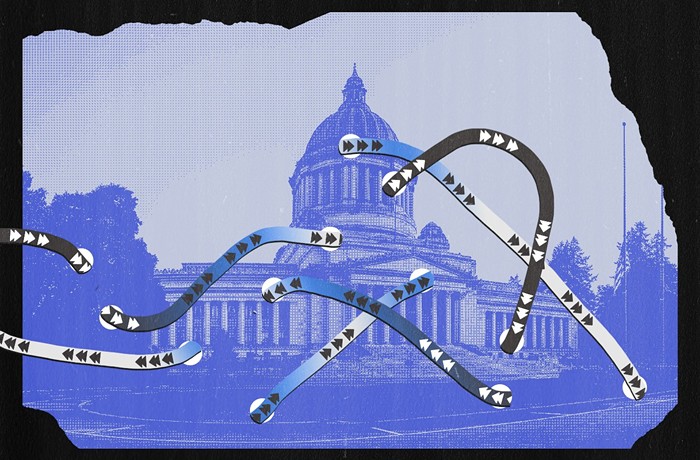
The thing that should naturally surprise everyone about the hit-and-run incident that claimed the life of a 63-year-old South Seattle cyclist on April 11 is that it's still under investigation.
This is surprising (or should be surprising) because (just think of it) 4,000 tons of globally integrated industrial products (a car) has vanished without a trace. How is that even possible in our day and age? Indeed, it's now likely that the driver in this case, which has been cold for three months, could spend the rest of their days as if nothing (the head-on crash, the blood, the death) ever happened.
This is not the only unresolved recent hit-and-run case in South Seattle.
Damn it. Monday night, woman was hit by car after she had gotten off the light rail at Columbia City station & was crossing MLK Way at Edmunds St in xwalk. Driver stopped, but 2nd driver (SUV) ran over her & drove off. She went into surgery@RVGreenways https://t.co/rS1Xa2Pwok
— Robert Svercl 🚲🏔🌺 (@bobco85) June 9, 2021
On Sunday, June 4, a woman arrived at Columbia City Station at around 10:40 pm, de-boarded, walked to the intersection of Martin Luther King Jr. Way and South Edmunds St., and failed to complete the crosswalk because she was struck by a car. While on the ground, she was crushed by a passing Cadillac Escalade. The driver of this massive automobile (it weighs almost six tons) did not hang around. This person "fled the scene before police arrived." This case is also growing colder by the day.
A spokesperson for the Seattle Police Department said:
Detectives are still actively investigating these cases. Traffic Collision Investigation Squad cases are typically very complex, and involve a significant amount of evidence collection and examination—both physical evidence and thorough analysis of the physics involved in any collision.
Understood, understood. But what I want to ask is this: Why is it so easy for cars to just vanish like that? A whole Cadillac Escalade can go poof on our streets. What makes this amazing ghosting possible?
A path to a big part of the answer is found right at Columbia City Station. The person run over by the elephantine SUV left visual traces everywhere there. She walked out of a train that has surveillance cameras. She walked down a platform monitored by cameras. Where she disappears is in the death valley of the cars.
Those who use public transportation move through a panoptical world. Electric eyes are everywhere. On the bus. On the train. At every station. But cars are, evidently, not subjected to this near-total regime of visibility. The reason for this public transportation/private transportation discrepancy is not hard to grasp if the deep and century-old naturalization processes of car culture are appreciated.
The automobile has, from the beginning, been very dependent on a large amount of culturally permitted lawlessness. This is one of the key secrets of its success. An exceptional amount of automobile freedom from the law is needed to obscure or absorb its otherwise glaring inefficiencies. This is why subjecting our roads to the same visibility as our public transportation lines and services will almost immediately land the automobile in a zone we call "not worth the trouble."
Drivers in a law-tightened mobility regime would be subjected to the safety of a snail's pace; drivers would have to commit an excruciating amount of attention to the all-round operation of their massive machines; and the driver's sense of freedom would vanish in an instant.
But car culture has ruled that the vanishing of hit-and-run cars is more desirable than the vanishing of the unmaterializable dream of freeway freedom.

